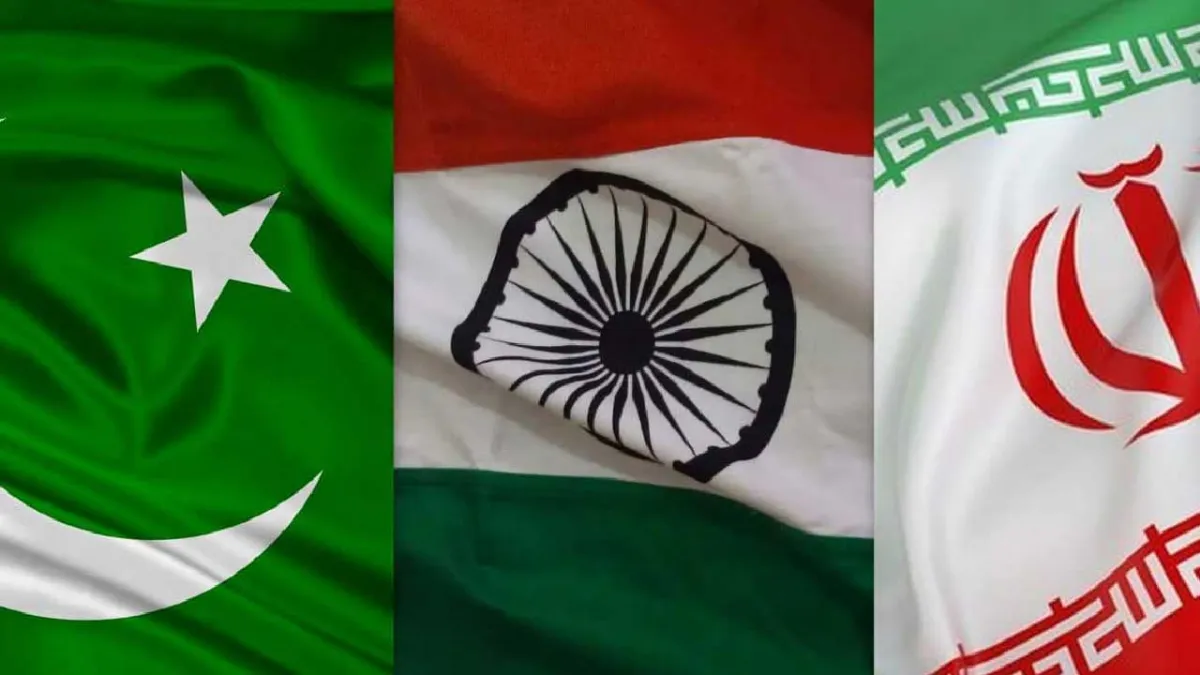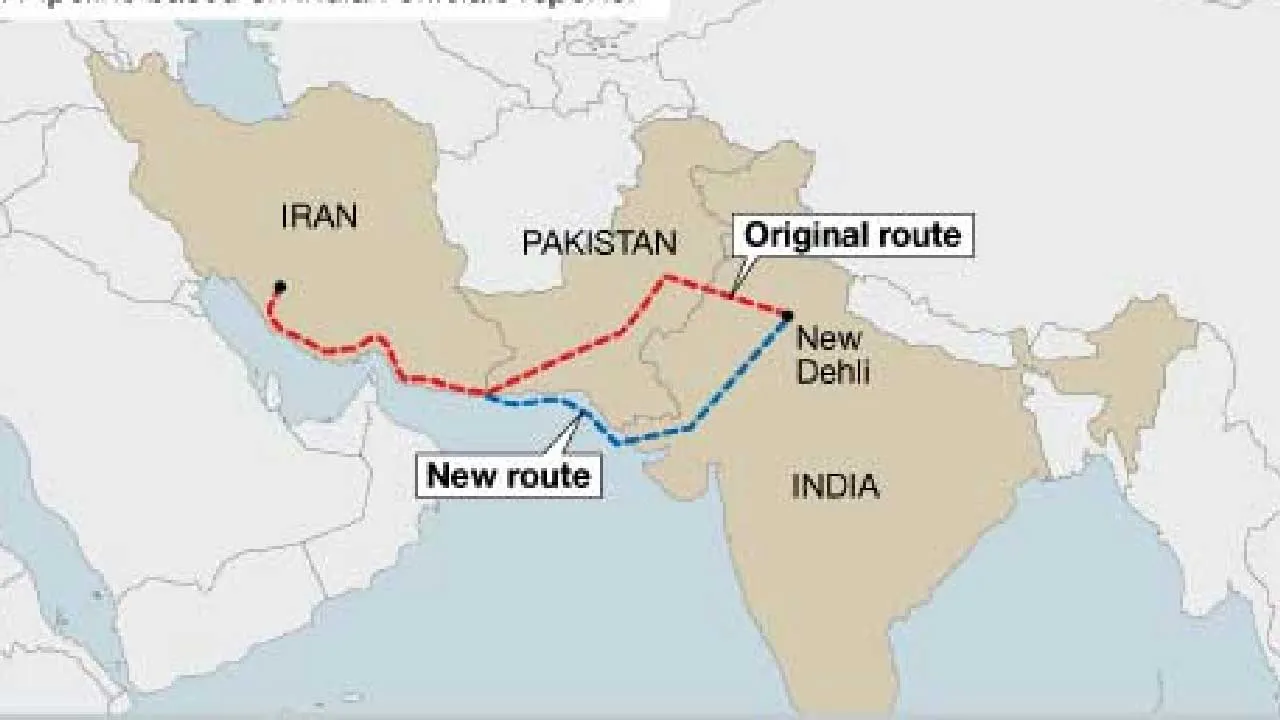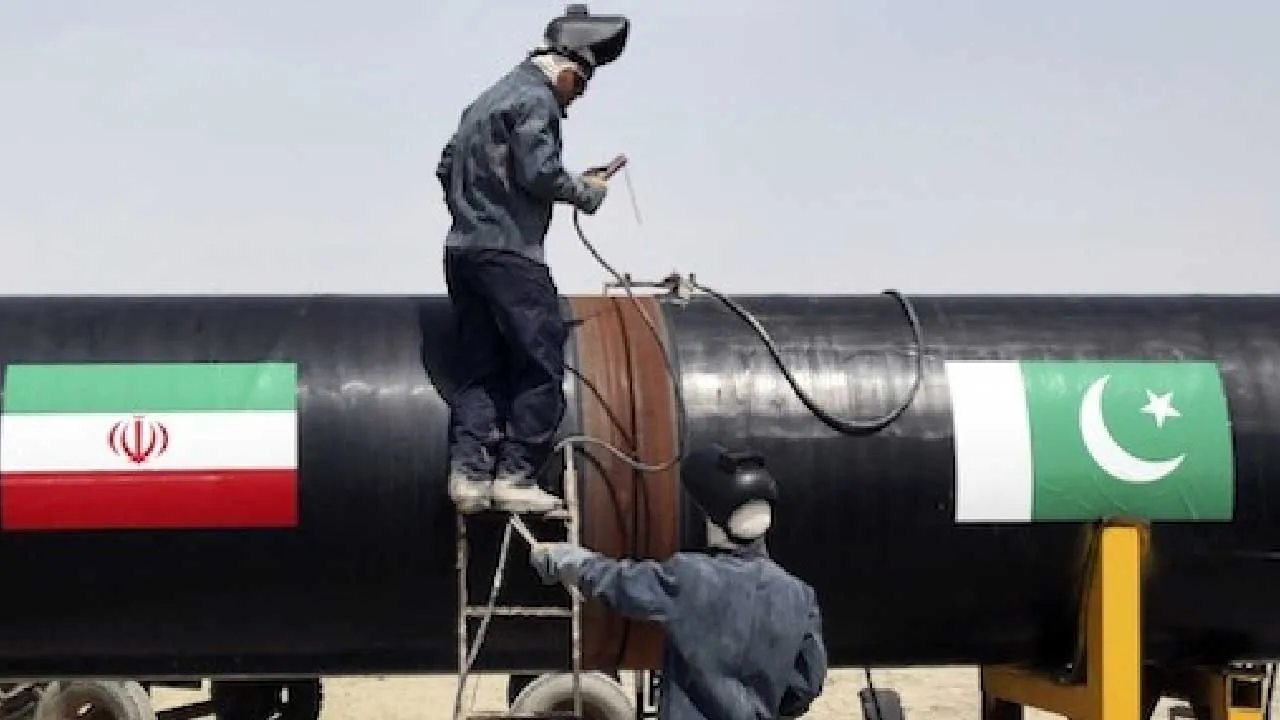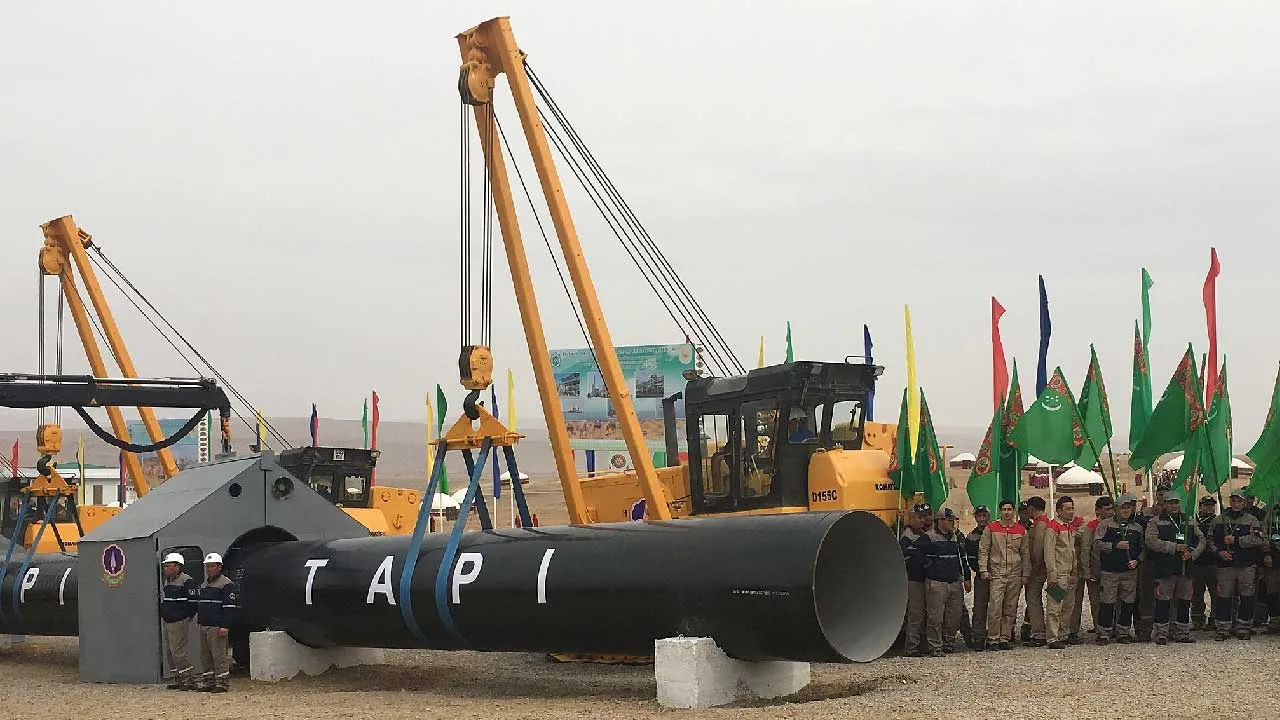- Opinion
- Gas Pipeline from Iran to India via Pak: A Pipeline for 'Peace'?
Gas Pipeline from Iran to India via Pak: A Pipeline for 'Peace'?

(Utkarsh Patel)
The Iran–Pakistan–India (IPI) gas pipeline, also known as the “Peace Pipeline,” is a project that symbolizes the potential for energy security and economic cooperation in South Asia. The idea for the pipeline first came in 1995, when Iran and Pakistan signed a primary agreement to transport gas from Iran’s South Pars gas field to Karachi in Pakistan.
Later, Iran proposed extending the pipeline to India, and in 1999, India gave in-principle approval to join the project. The aim was to harness Iran’s vast gas reserves to meet the growing energy needs of Pakistan and India, and thereby strengthen economic ties between the countries. But can the pipeline truly be a “pipeline of peace”? The answer depends on political, economic, and geopolitical factors.

Historical Purpose of the Pipeline
The pipeline was planned to run about 2,775 kilometers, starting from Iran’s South Pars gas field, passing through Balochistan and Sindh in Pakistan, and reaching India. The estimated cost of the project was around $7.5 billion. In 2004, a UNDP report titled Peace and Prosperity Gas Pipeline highlighted the potential benefits of the project, such as improved energy supply, economic growth, and regional stability. In 2007, India and Pakistan agreed to pay Iran $4.93 per unit of gas, though negotiations on pricing and security continued.
The Idea of a Peace Pipeline
The name “Peace Pipeline” was intended to show that the project was not merely about energy supply—it also sought to establish peace by fostering economic interdependence and cooperation between historically hostile neighbors, India and Pakistan. Through this pipeline, Iran could expand its gas exports, Pakistan could address its energy crisis, and India could diversify its energy sources to support its rapidly growing economy. In this way, the project held the potential to become a symbol of regional stability and prosperity.

Obstacles and Controversies
However, the path of the pipeline has been far from smooth. In 2009, India decided to withdraw from the project, citing concerns over costs and security. The decision was also influenced by the 2008 Indo-U.S. Civil Nuclear Agreement and international pressure over sanctions on Iran. After India’s exit, Pakistan and Iran decided to continue work on a bilateral Iran–Pakistan (IP) pipeline in 2010. Iran completed its 1,100-kilometer segment, but Pakistan delayed construction of its 780-kilometer section due to financial difficulties and fear of U.S. sanctions. In 2024, Pakistan permitted the construction of an initial 80-kilometer segment, but the project remains stalled.
Geopolitical Challenges
The biggest challenge to the pipeline’s success is geopolitical instability. U.S. sanctions on Iran and strained India–Pakistan relations are major barriers to implementation. Additionally, security concerns and the threat of terrorism in Balochistan pose serious risks to the pipeline's construction. The U.S. has openly opposed the project and warned Pakistan about the risk of sanctions for trading with Iran. Moreover, Pakistan’s fragile economy and dependence on international financial institutions further complicate the pipeline’s future.

Current Status
As of early 2025, the Iran–Pakistan pipeline remains stalled, and there is little likelihood of India rejoining the project. Iran has threatened to fine Pakistan $18 billion if it fails to complete its share. In response, Pakistan is considering building a small 80-kilometer section to avoid the penalty, but remains hesitant due to U.S. pressure. Meanwhile, India has shifted its focus to the Turkmenistan–Afghanistan–Pakistan–India (TAPI) pipeline, which enjoys U.S. support. The TAPI pipeline is seen as a safer and more politically acceptable option to meet India’s energy needs.
In this context, the idea of a "Peace Pipeline" has so far remained purely theoretical. The deep mistrust between India and Pakistan, sanctions on Iran, and regional instability prevent this project from becoming a true symbol of peace. However, if the geopolitical landscape changes in the future and a climate of trust emerges among the three nations, this pipeline could become a powerful means of regional cooperation and economic development.
(The author is a renowned entrepreneur and social worker. The views expressed in the article are their personal opinions.)
About The Author

Lorem Ipsum is simply dummy text of the printing and typesetting industry. Lorem Ipsum has been the industry's standard dummy text ever since the 1500s, when an unknown printer took a galley of type and scrambled it to make a type specimen book. It has survived not only five centuries, but also the leap into electronic typesetting, remaining essentially unchanged. It was popularised in the 1960s with the release of Letraset sheets containing Lorem Ipsum passages, and more recently with desktop publishing software like Aldus PageMaker including versions of Lorem Ipsum.






.jpg)





-copy3.jpg)





